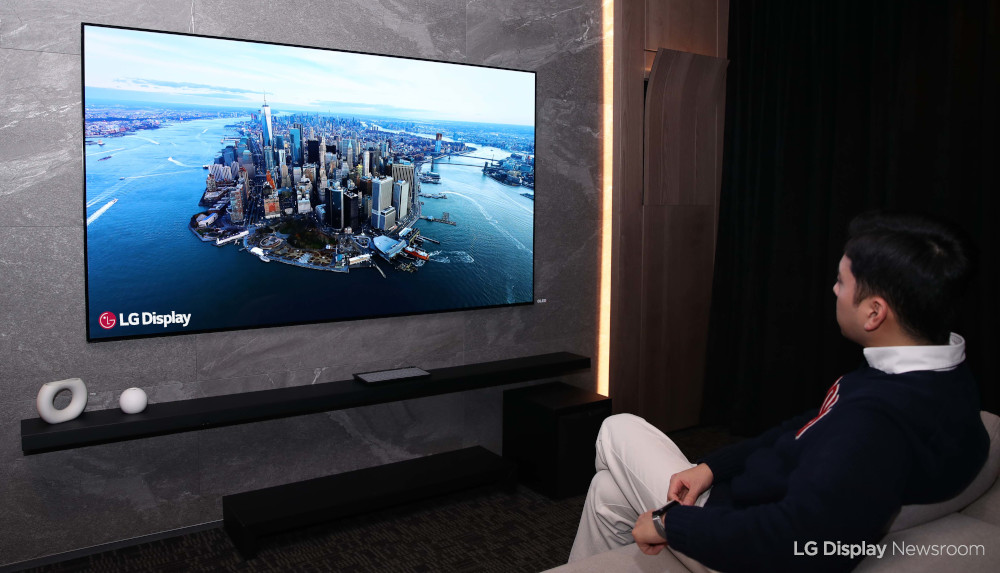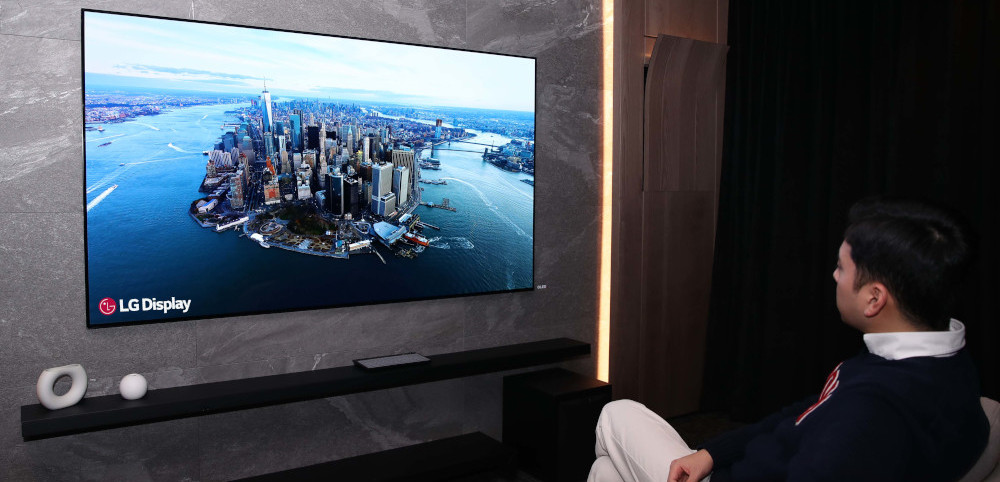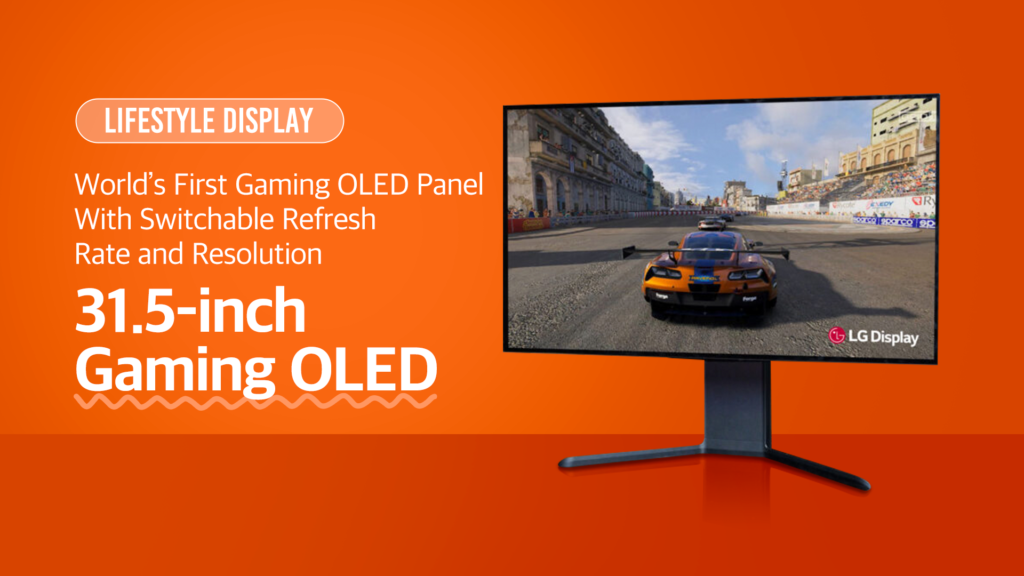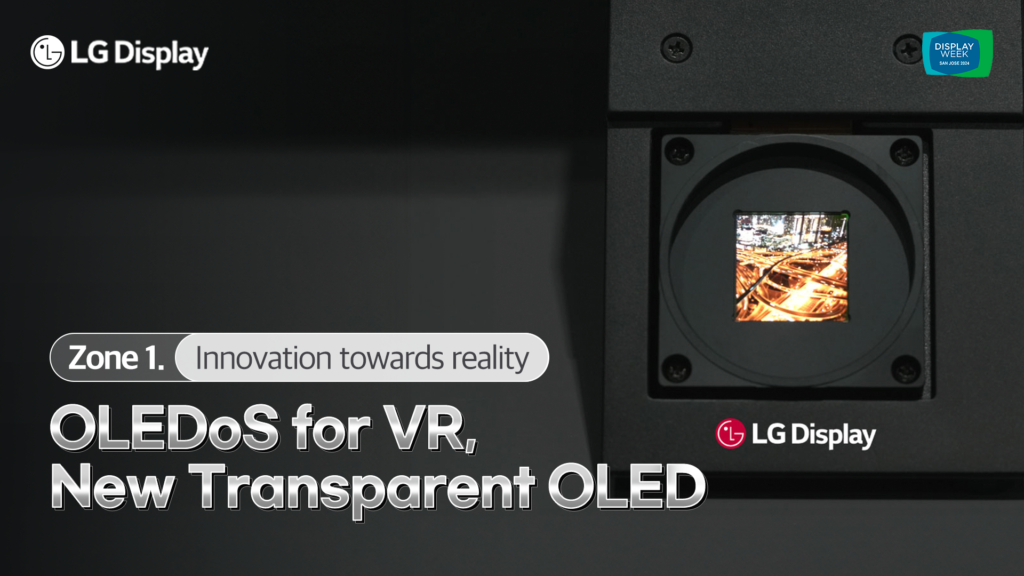By Alex Jensen
Even in an era filled with devices like smartphones, tablets, and laptops, televisions reign supreme. The TV is still the screen many of us turn to for video entertainment, as demonstrated by March’s Nielsen Total Audience Report.
According to the report, the average American adult spent four hours and 46 minutes in front of a TV daily during the third quarter of 2020, either watching varied content or playing games. Before anyone jumps in to claim that figure may have been COVID-inflated, consider that the report showed TV use to be even longer in the third quarter of 2019 before the pandemic struck.
But where do OLED TVs fit in this landscape? Seen by some as the Rolls Royce of the TV world, OLEDs might seem out of reach. Yet for numerous reasons, OLED TVs are much closer to going mainstream than we might imagine.

For a start, LG Display – the force behind OLED technology – has targeted exactly this. We heard it around CES, when it was reported that LG Display was aiming to make its OLED technology mainstream. Again recently, ahead of Display Week 2021, LG Display CTO Yoon Soo-young declared the company’s aim “to steer the display market in the best possible direction as we lead OLED into the mainstream.”
We still do need to address price among the biggest consumer considerations. These days, OLED TVs are becoming more affordable, relatively speaking. This 55-inch OLED TV drew headlines for that very reason. Now, if spending over USD $1,000 seems a little steep, consider all those hours we devote to watching TV. For instance, most of us spend much more time with our TVs than our cars, which are generally much more expensive than even premium displays developed through complex technology, while luxury purchases from clothing to wine have a significantly higher cost-per-use ratio.
Another big part of the OLED appeal is that many of us are seeking displays that are more comfortable on the eyes – particularly with the rise of working and learning via screens at home due to COVID-19. This is where LG Display’s OLED TVs have a major advantage, having been certified by leading global agencies for their eye health benefits; and the positives don’t stop there.

If the proof is in the pudding, perhaps dessert is already being served. We have seen firm indications that OLED TVs are enjoying growing popularity and applications. As was recently highlighted here , OLED TVs are increasingly being used both for gaming and as a second TV option. The numbers tell their own story: 200,000 OLED TV panels were shipped in 2013, and that figure rose to 4.5 million units by 2020. LG Display’s goal is to ship 7-8 million OLED TVs this year.

Evidently, the OLED TV market is already growing. It is also clear that LG Display continues to develop OLED technology at the very edge of innovation. The idea of an advanced, premium TV being mainstream might seem a contradiction, but with a wide variety of screen sizes to choose from in a global market of TV lovers, maybe the definition of “affordable” will continue to shift in the future.










